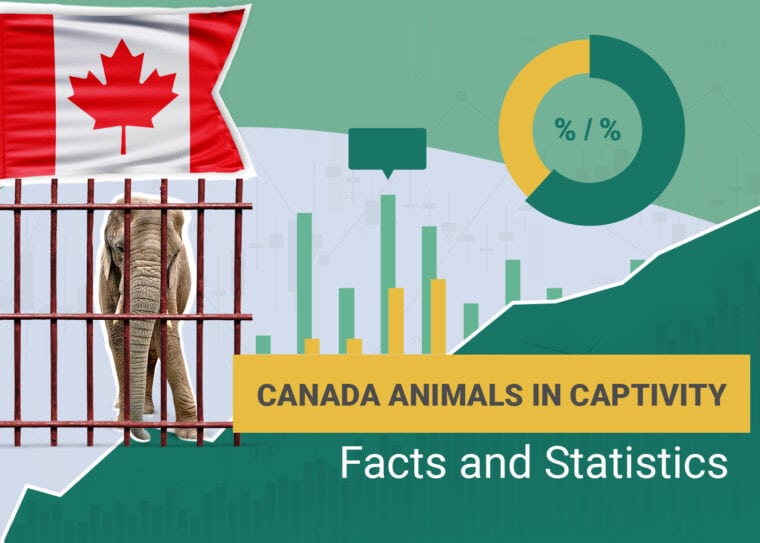
Click to Skip Ahead
Note: This article’s statistics come from third-party sources and do not represent the opinions of this website.
Humans have kept animals in captivity for eons for food, clothing, and other purposes. Today, however, millions of animals are kept in captivity for our entertainment or for things other than basic human needs. That goes for Canada, where several million animals are kept in conditions that can only be described as disheartening. We’ve collected 10 statistics below that will illuminate the situation. Read on to learn more about the (often miserable) lives of captive animals in Canada.
Top 10 Canadian Animals in Captivity Statistics
- In 2020, World Animal Protection gave Canada a D for its animal-safeguarding policies.
- 52% of Canadians oppose keeping animals in aquariums and zoos.
- 75% of Canadian Zoos offer direct contact activities.
- In 2020, Canada used the highest number of animals ever recorded for scientific research.
- Over 5 million animals in Canada were used in research studies in 2020.
- Birds are by far the most used captive animal in Canadian scientific research.
- 95% of drugs tested to be safe in animals fail in human trials.
- More than 4,000 big cats are captive in Canada.
- Approximately 1.5 million exotic animals are in captivity in Canada.
- Kiska, a Killer whale, has been in Captivity in Canada since 1979.

 Protecting Captive Animals in Canada
Protecting Captive Animals in Canada
1. In 2020, World Animal Protection gave Canada a D for its animal-safeguarding policies.
(CBC)
World Animal Protection, a non-profit animal welfare organization, gave Canada a “D” grade in 2020 regarding the country’s policies for safeguarding and regulating animals. Even more disheartening is that, in terms of captive animals, their rating dropped even lower to an “E” grade, which is their worst.
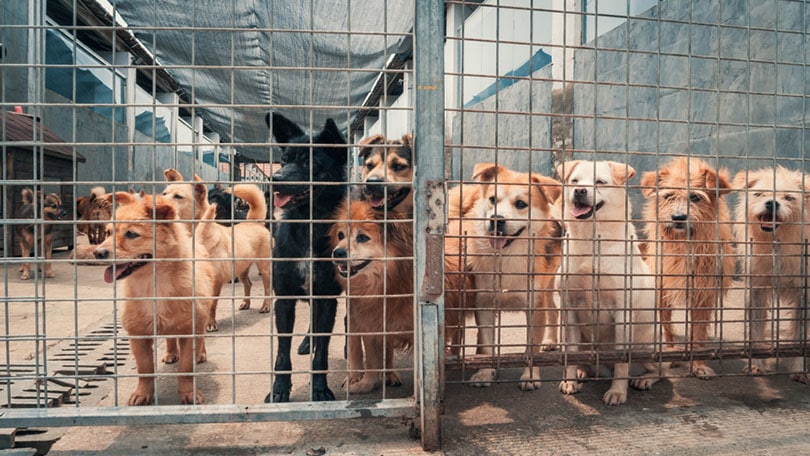
2. 52% of Canadians oppose keeping animals in aquariums and zoos.
(Plant Based News)
A poll conducted in 2019 found that 52% of Canadians are opposed to keeping animals captive in zoos and aquariums. The same poll also found that nearly 60% of Canadians oppose the involvement of animals in rodeos and circuses. While these facts aren’t disheartening in and of themselves, some may find it disturbing to know that 48% of Canadians are not opposed to zoos and aquariums.
3. 75% of Canadian Zoos offer direct contact activities.
(CNW Group / Newswire)
One of the most emotionally damaging activities for animals in captivity in zoos and aquariums is physical interaction with humans, including petting, riding, and other forms of activity. According to data from the World Association of Zoos and Aquariums (WAZA), 75% of the 1,200+ zoos in Canada offer at least one kind of activity that involves direct human-to-animal contact. Animal psychologists believe human interaction with most captive animals can cause grave health problems.
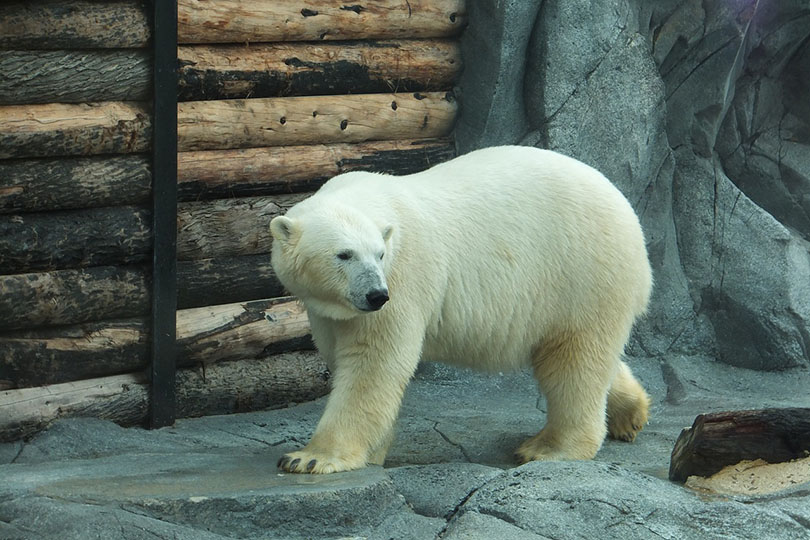
Captive Animals in Canada’s Scientific Research
4. In 2020, Canada used the highest number of animals ever recorded for scientific research.
(Society for Humane Science)
In 2020, the last year recorded prior to this writing, Canada used the highest recorded number of captive animals in scientific research and studies. The number was the 2nd time in a row that the country beat its record as, in 2019, the same statistic was recorded. The increase from 2019 to 2020 was 11% and included an increase in nonhuman primates, birds, and rabbits.
5. Over 5 million animals in Canada were used in research studies in 2020.
(Society for Humane Science)
Over 5 million captive animals were used in scientific research in 2020. As noted earlier, this was a new record in Canada, breaking the old record set in 2019. That year, over 4.5 million animals were used for testing, research, and educational purposes. You should note that, in 2020, the data included the use of 2 million chickens in a large Canadian study.
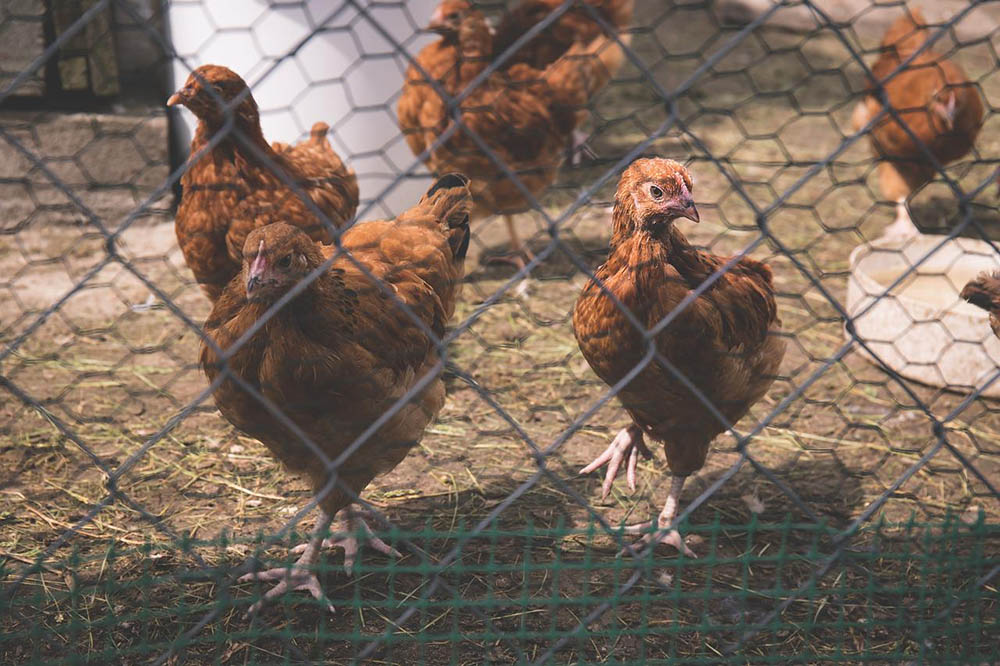
6. Birds are by far the most used captive animal in Canadian scientific research.
(CCAC)
In Canada, over half of the captive animals used in scientific research in 2020 were birds. That amounted to over 2.5 million birds, primarily chickens, that were killed to further scientific research in the country. Nearly 1.1 million captive mice and 600,000 captive fish were used during the same time. As for dogs and cats, they made up 0.2% and 0.1% of the animals used in Canada for research, respectively.
7.95% of drugs tested to be safe in animals fail in human trials.
(Canadian Centre for Alternatives to Animal Methods – CCAAM)
This truly disheartening statistic from Canada says that, of all the drugs tested on animals before being administered to humans, 95% that are “safe” in animals don’t make it past human trials. According to the CCAAM, “animal-based methods are not sufficiently reliable to accurately predict adverse outcomes on human health and the environment.”
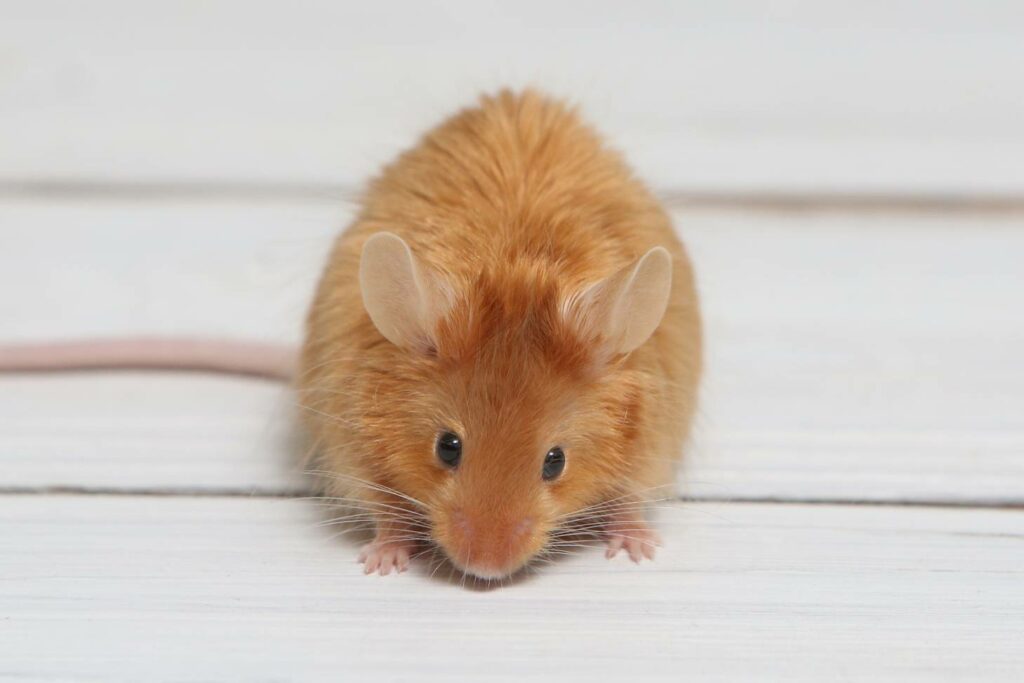
Exotic Animals in Captivity
8. More than 4,000 big cats are captive in Canada.
(SPCA Montreal)
In 2022 it was estimated that almost 4,000 big cats, including tigers, lions, and cheetahs, were being held in captivity in zoos and in private homes. Most big cats have a large range in the wild, which makes living in captivity very difficult for them and adds to Canada’s captive animal woes.
9. Approximately 1.5 million exotic animals are in captivity in Canada.
(SPCA Montreal)
Along with the previously mentioned 4,000 big cats, another 1.5 million exotic animals are being held in captivity in Canada. Many of these animals are kept in poor conditions, including tiny roadside zoos and smaller privately held locations.
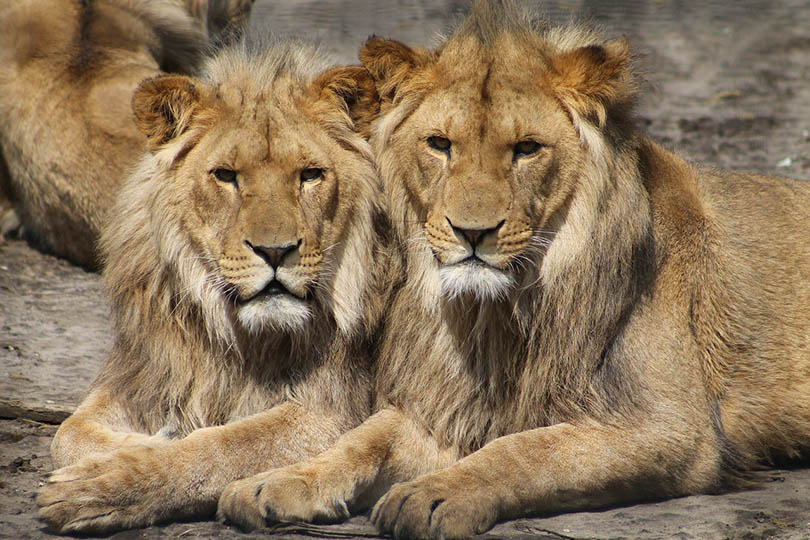
10. Kiska, a Killer whale, has been in Captivity in Canada since 1979.
(World Animal Protection)
Dubbed the “loneliest whale in the world” in 2021, Kiska, a now 48-year-old female killer whale, has been held captive in Marineland in Canada since she was captured in 1979. Kiska repeatedly bangs her head against the sides of her tank every day, an aberrant behavior, and has lost all five of the calves she’s given birth to.
FAQs
Which Canadian Province Doesn’t Have Any Regulations for Keeping Exotic Animals in Captivity?
Ontario is the only province in Canada with no laws or regulations regarding the captivity and treatment of exotic animals. It’s also, not surprisingly, the province where many cases of abuse against captive animals have been reported, especially big cats.
Where Do Most Captive Animals in Canada’s Roadside Zoos Come From?
Most captive animals in Canada’s many “roadside zoos” are acquired from other roadside zoos. These small “zoos” don’t have the necessary people and facilities to ensure proper breeding, care, and nutrition.
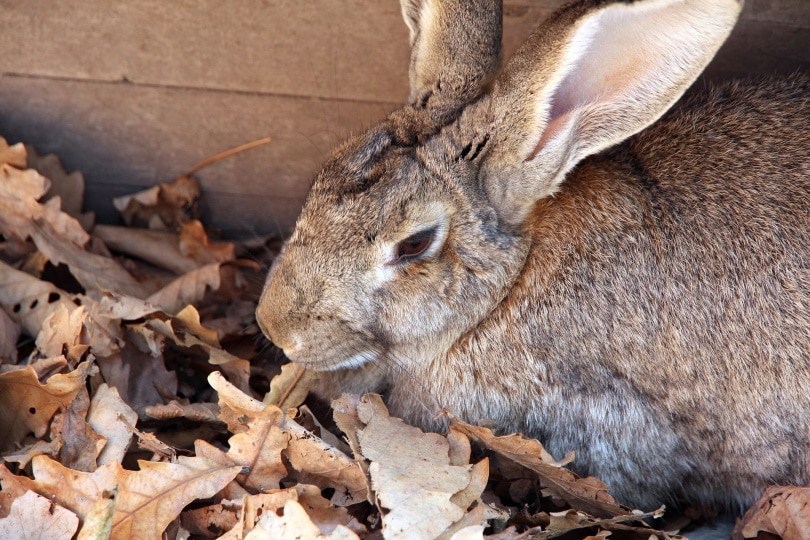
Which Government Code Is Responsible for the Protection of Captive Animals in Canada?
Canada’s Criminal Code prohibits the willful cause of neglect, pain, or injury to captive animals in Canada. However, the codes are relatively lax and don’t cover a wide variety of activities that captive animals are subjected to while in captivity.
Is It Legal to Display Cetaceans (Dolphins, Whales, Porpoises, Etc.) Publicly in Canada?
On June 10, 2019, the Ending the Captivity of Whales and Dolphins Act was passed in Canada to prohibit anyone or any organization from publicly displaying whales, porpoises, and dolphins. However, several animals are displayed publicly in Canada since they existed before the legislation was enacted and were “grandfathered in.”
Conclusion
As you’ve seen, many of the statistics about captive animals in Canada are disheartening. However, there are a few bright spots, including the Ending the Captivity of Whales and Dolphins Act passed in 2019. Canada has a long way to go until it reaches the level of the United States or Europe in terms of protecting captive animals (not that either one is perfect by any means). To help or voice your concern about captive animals, contact your local Canadian SPCA.
Related Read:
Featured Image Credit: Piqsels





